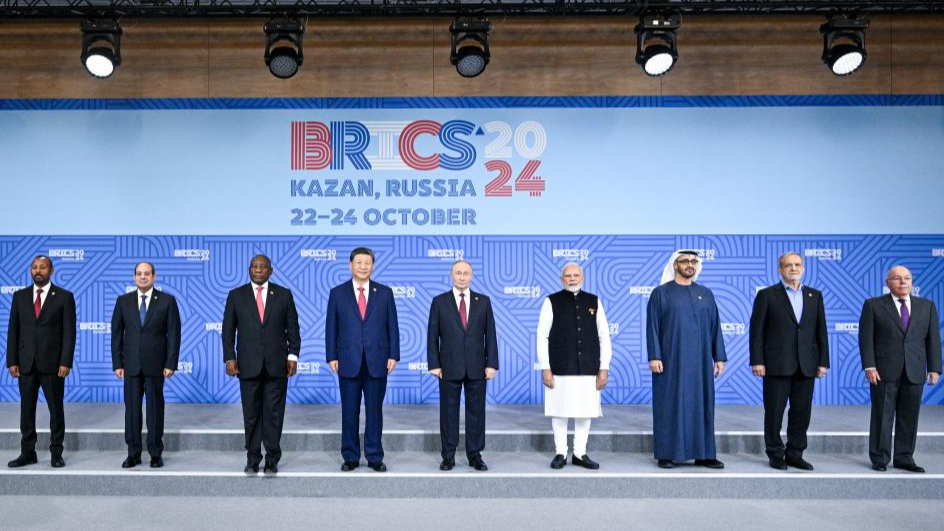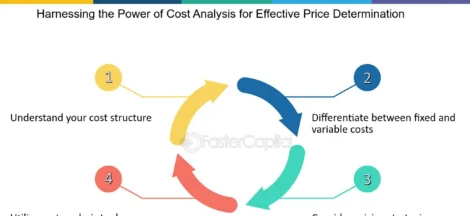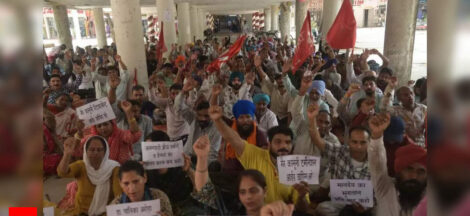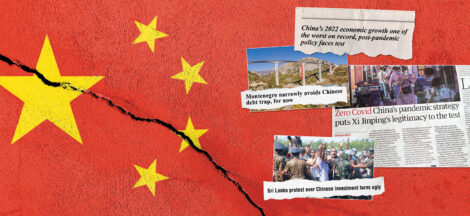On the eve of the 17th BRICS Summit scheduled at Rio de Janeiro in Brazil on July 6 and 7, the ongoing discussions among the senior officials of the member countries for the preparation of the draft joint declaration from the Summit, are showing big divergence of views on the two major issues- Trump’s tariff war and the Israeli role in the latest war in West Asia.
Right now, the tariff issue is the most important one of the majority of the BRICS members including India. The host country Brazil is interested in using strong words in the draft against President Trump’s unilateral decision on reciprocal tariffs. The 90 day pause announced by the US President expires on July 9. Already, the US administration has started issuing letters to the trade partner countries who have till now not negotiated the deals. The BRICS declaration to be issued on July 7 will take into account the latest position after the issuing of letters and make its position clear in the draft decrying the unilateralism of the USA.
Presently BRICS has eleven full members the first five China, Russia, Brazil, India and South Africa and the new six Egypt, Iran, Saudi Arabia, UAE, Ethiopia and Indonesia. Brazilian President Inacio de Silva Lula, better known as Lula is taking the leading role in the shaping of the declaration along with South Africa and other members. Indian officials are keen that a special mention is made of the threat of terror to India from Pakistan in the declaration in the context of the BRICS nations fight against terrorism. It is to be seen to what extent Prime Minister Narendra Modi can reshape the draft declaration and make it tuned to India’s stand on terrorism and Pakistan.
Chinese President Xi Jinping is not attending, China will be represented by the Prime Minister Li Quiang. Russian President Vladimir Putin will not be physically attending but there is a possibility that he will address the BRICS Summit through a video call. Iranian President is not attending but Iran is represented by a very senior minister. Iran has already mentioned that it wants the draft declaration to incorporate strong language against both Israel and USA. But Egyptian and Saudi officials have suggested restraint. Indications suggest that the draft has to be finalized at the Summit level as lot of divergences are expected to remain in the draft before its consideration by the Summit leaders.
As regards India, the officials taking part in the discussions for draft declaration, are finding the situation a bit delicate. Indian officials are at the final stages of discussions on trade deal. President Trump has already said that the deal will be ready shortly. It can be ready even before July 9. So India’s relationship with USA and the present geo political position do not permit the Indian side to take a strong position against the US on tariff issue. India and many other members do not want to name the USA as the villain in the final declaration. The possibility is the US or Trump will not be named but the opposition to the unilateral actions will be conveyed strongly. In fact, the reality is that it is just not India or Egypt, even China and Russia also are not favouring a strong anti-US declaration. China has already concluded its trade deal with the US while President Putin is depending on President Trump to bail him out of Ukraine crisis.
Iran’s forceful participation in the discussion has made the task of choosing right line on Middle East crisis tougher. Sources say that Iran has taken very one sided position pushing for a very critical stance against the USA which the other countries are finding difficult to agree. Brazilian officials are trying their best to work on a common ground on Middle East crisis. If the differences still remain, it is up to the Summit leaders to fine tune the draft and make it acceptable to all.
BRICS comprises a mix of emerging and developing economies, each with unique strengths and challenges. China has the largest economy within the bloc, while India, Brazil, and Russia also hold significant economic weight. South Africa, while smaller in terms of GDP, plays a crucial role in the African continent. BRICS economies collectively account for nearly half of world’s GDP, with its rate of economic growth surpassing the global average. Two BRICS members China and India are the drivers of the growth of global economy.
BRICS has emerged as a counterweight to the dominance of traditional economic powers, contributing to a more multipolar world order. Economists hold the view that BRICS economic profile reflects a dynamic and influential force in the global economy, driven by the collective strength and diverse capabilities of the member nations. China is the second largest economy in the world after the top performer USA. India is expected to be the third largest economy after USA and China by 2027-28.Brazil’s GDP is projected to be $ 2.75 trillion by 2028 making it the eighth largest economy in the world. Russia, Indonesia and Saudi Arabia also have high prospects of growth.
Prime Minister Narendra Modi has got an opportunity to dominate the proceedings at the Rio de Janeiro Summit as he leads the largest democracy in the world. Following the absence of President Xi Jinping, he will also be the most prominent head of state attending this Summit. It is to be seen how the Indian PM makes use of his clout to influence the deliberations and help in making the joint declaration favourable to Indian stand on terror and Pakistan. (IPA Service)




